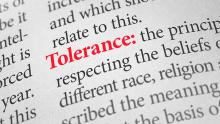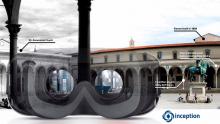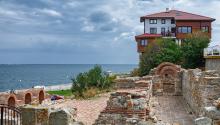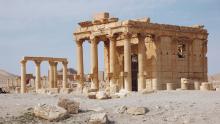Seeking the seeds of tolerance in religious strife

Disinterested scholarship was able to unfold once rival religious denominations' rules and positions had been established in the 16th and 17th centuries, according to EU-funded research. Such scholarship, in turn, helped to generate greater religious tolerance - a mechanism that could inform ways to improve acceptance of diversity.









